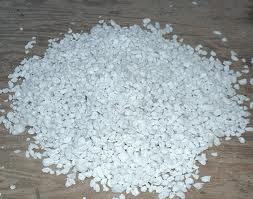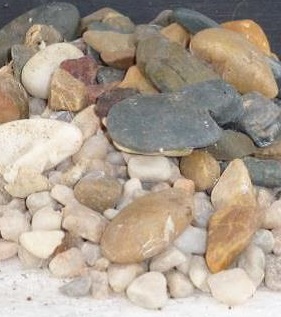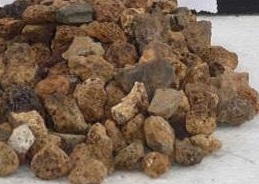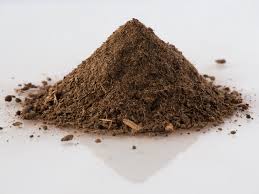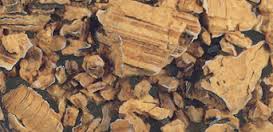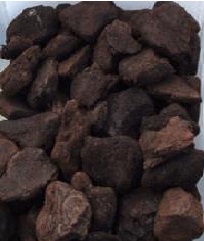 PINE BARK ..It is a natural medium, used more than any other potting material. It can be used untreated, but not recommended. Bark that is being used today, has been treated in one of the following ways.
PINE BARK ..It is a natural medium, used more than any other potting material. It can be used untreated, but not recommended. Bark that is being used today, has been treated in one of the following ways.
Boiled – Composted – Limed – Aged
The treatments are used to remove the oils and resins from Australian barks and to raise the PH on the bark surface. New bark can take a lot of watering to thoroughly wet the bark surface, using a wetting agent does help. Bark can rot or decay with age, it requires slightly higher nitrogen fertilizer than most other potting materials. Life span is about 2 to 3 years.
Coconut Chunks is the long lasting, thick coarse organic fibre from the outer husk of the coconut. Coconut fibre is quick draining and capable of holding twice its weight in water. It does not break down quickly, aerates well, cost effective and particularly effective in resisting rot, fungus and other infestations. A complete fertilizer is required. Life span is 3 to 4 years. Water less than bark.
It is a specially processed, everlasting volcanic material, easy to work with, easily obtained, drains and aerates well and does not break down. It does not compact, keeps mix loose and helps water retention. Mainly used with peat, sphagnum moss, coco fibre and bark. A complete balanced fertilizer is required.
When this product is handled dry, a mask is required because the dust can infect the lungs. It is recommended that it be washed before using.
They are an inert, inorganic aggregate that does not decompose and when used in mixes, it resists decay and improves drainage and aeration. Because of its weight it helps to keep the newly repotted plant upright. It has no nutrients, they are used in a more hydroponic role and needs a complete balanced fertilizer. There is no breakdown with this produce. Water twice weekly.
This rock is inorganic, igneous rock, composed chiefly of silica and metallic oxides, formed by volcanic flow. It is porous and holds moisture, decay resistance and allows the mix to stay open and aerated. Resists rot and fungal problems. Salt build up needs to be flushed on a regular basis. A complete fertilizer is required. Life span is 3 to5 years. Water weekly.
]
It is the partially decayed organic debris that forms from sphagnum moss. It is dug from bogs in huge bricks, dried for 1 to 1 ½ years and then it can be cut to small chunks and ground to size. The chunkier coarse peat is more suitable for orchid growing than horticultural peat. It has a PH range from 3.5 to 5.. Granulated peat moss can hold at least seven times it weight in water. A mix of 50/50 to 10.80 of peat moss to perlite has been proven to be ideal. Water once a week and use a complete fertilizer. Chunky Peat Moss is not readily available here.
It is the soft, spongy moss found on the surface of bogs. It is capable of holding ten times its weight in water. Sphagnum moss has an antiseptic quality that inhibits ‘damping off’ fungal disease. It is a very good aid to ailing plants and seedlings, a helpful medium to nurse along otherwise reluctant orchids. Water weekly but in hot weather more frequently. DO NOT LET DRY OUT. A complete fertilizer is required.
Cork is the thick lightweight bark from the cork oak tree. It can be used for orchid mount/slabs, or in ‘nuggets’ for potting orchids. It has no nutrients, does not hold much water, needs to be water more often than bark. A complete fertilizer is required. Life span is 2 to 3 years.
SEMI-HYDROPONICLY
Firstly, what are expanded clay balls and how are they made. They are made from top quality clay medium. The clay is made into clay pellets and are heated to 1200/2000 degrees Fahrenheit. The interior is expanded to a sponge-like form, which provides exceptional absorption of water and nutrients, while the surface is more densified, providing strength, while limiting salt buildup. They are inorganic, sterile and will not compact, decompose or harbor mold or disease. Its regular shape promotes good air circulation in the root zone, which creates a stronger root system and a healthier plant. It allows humidity around the plant.
![]()

